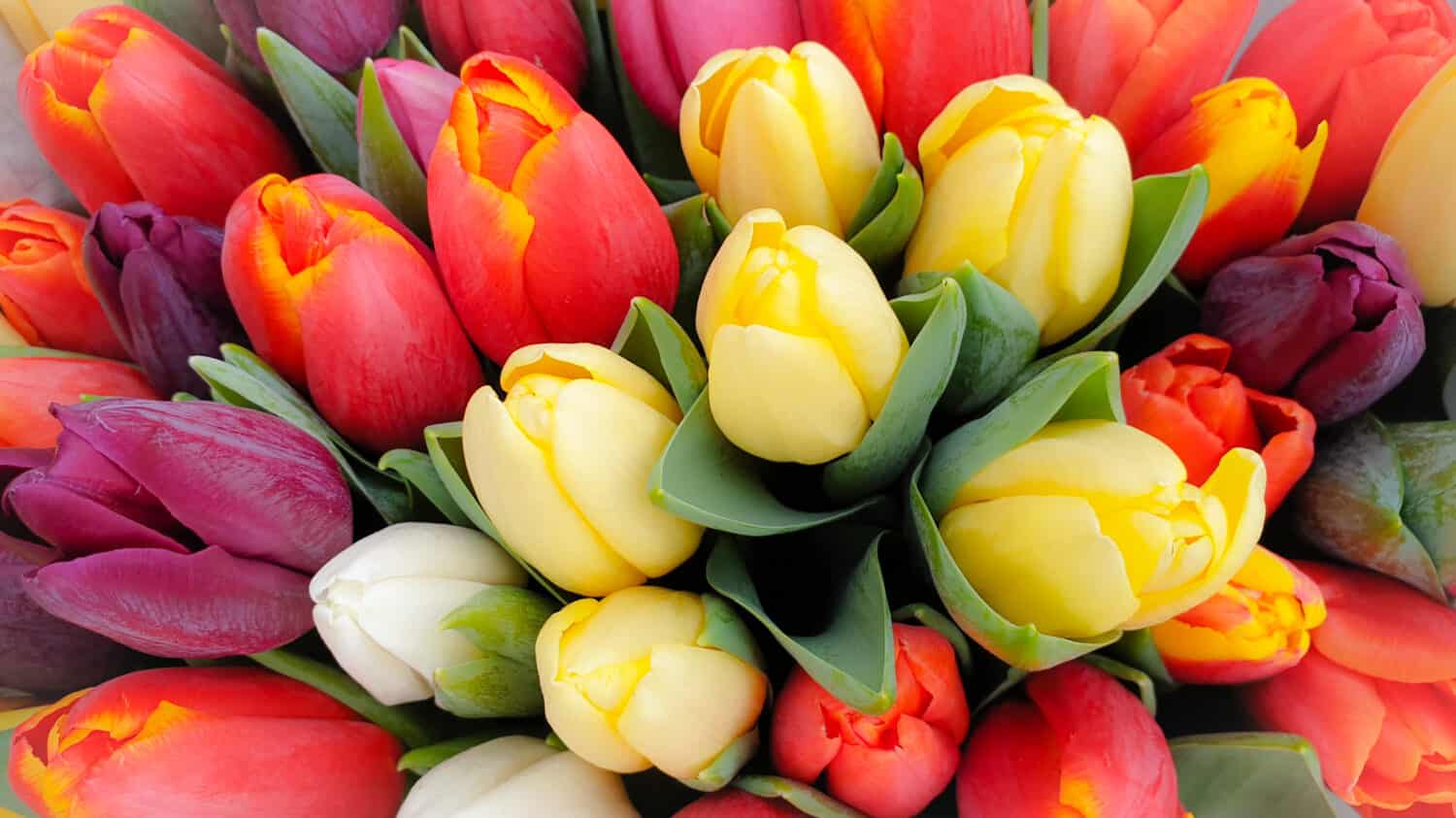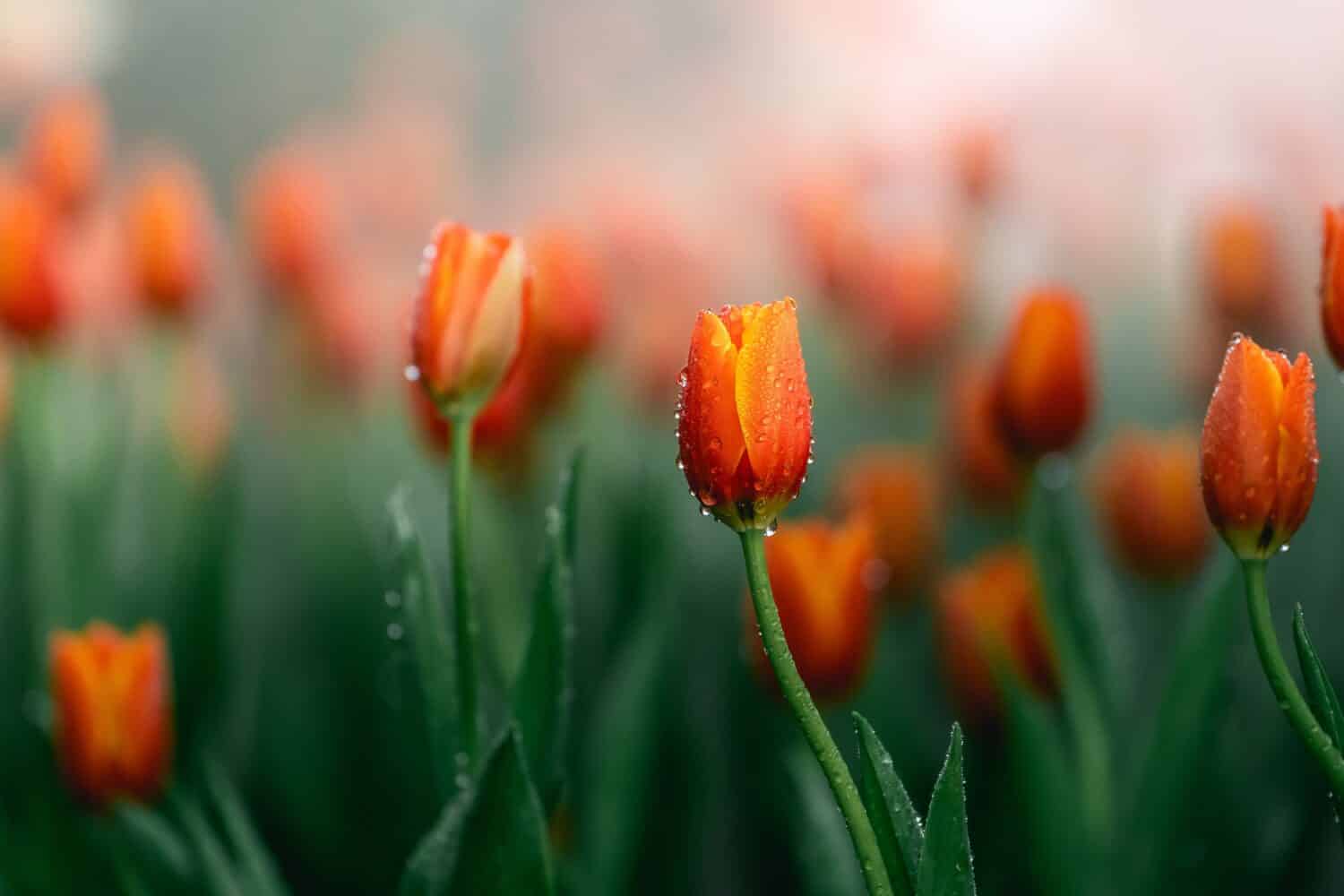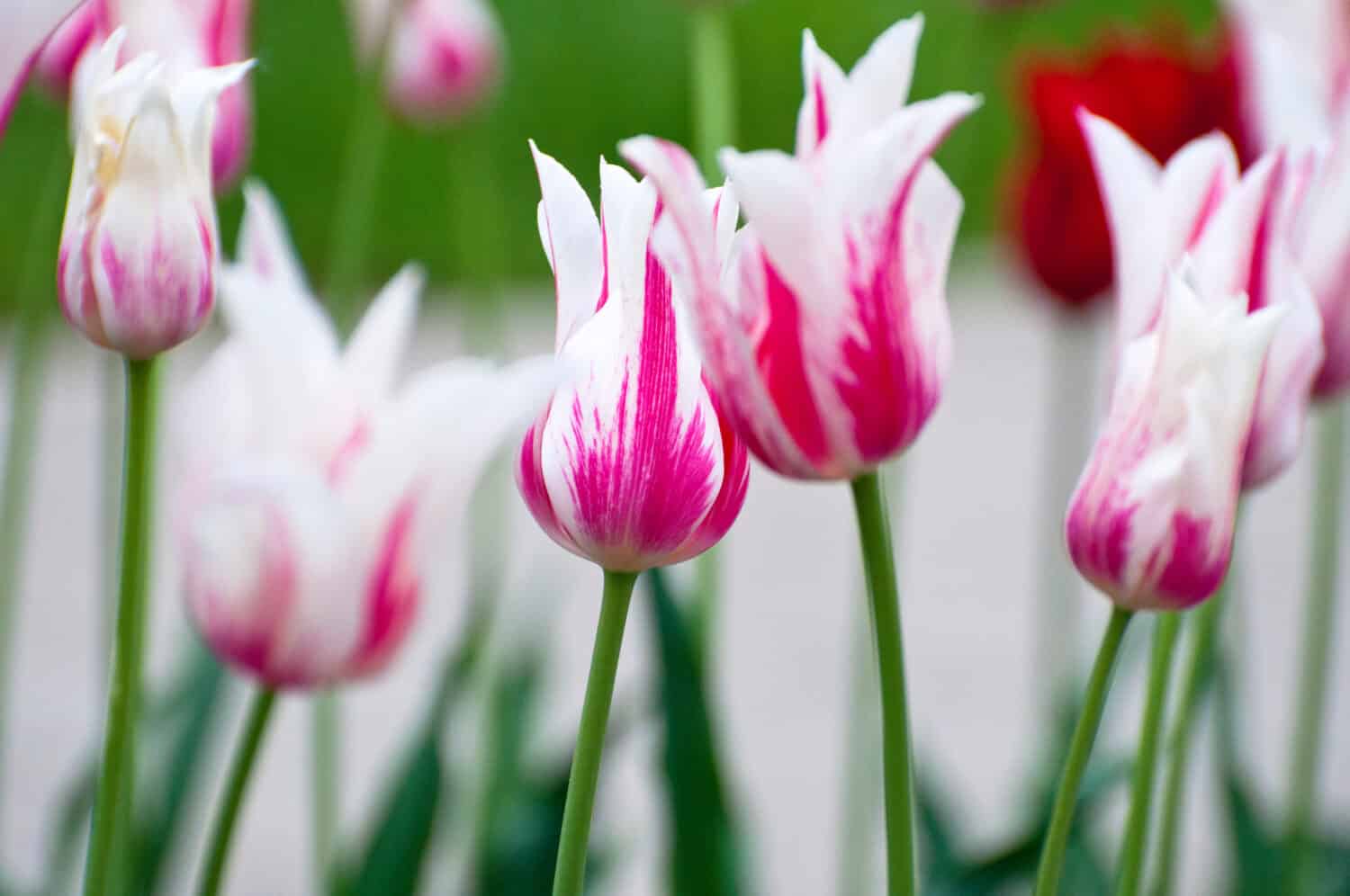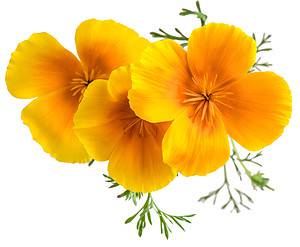Exploring the Blooming Season of Tulips and Its Beauty
As winter fades away and the warmth of spring arrives, nature unfolds one of its most captivating displays — the blooming of tulips. These elegant flowers are known for their vibrant colors and graceful petals. Their rich history dates back to the 17th century when “Tulip Mania” gripped Europe. Today, tulips continue to enchant gardeners, florists, and flower enthusiasts across the United States. They symbolize love, passion, and renewal. So why not add them to your flower garden? Below you will find a guide to the peak blooming season of tulips and how to prolong their beautiful blossoms.

Tulips will grow in nearly every climate and growing zone. You only have to learn when to expect the blossoms to arrive in your area.
©Heynicepictures/Shutterstock.com
Peak Blooming Seasons: Discovering the Optimal Times for Tulips Bloom in Different Hardiness Zones
Before diving into the peak blooming seasons of tulips, it is necessary to understand what hardiness zones are. The United States Department of Agriculture (USDA) developed a helpful tool that gardeners can use to determine how likely a plant is to thrive where they live.
The USDA Hardiness Zone has divided the country into different zones based on average minimum winter temperatures. Each zone is separated into regions that vary by ten degrees. There are thirteen zones, from 1 (the coldest) to 13 (the warmest). Then, each zone gets further divided into 5-degree sections (a and b). You can find your unique zone through a quick Google search using your zip code.
Northern Regions (Zones 1-4)
In the north, winters are harsher, and snow blankets the landscape. These areas have to wait patiently for their tulips to bloom. Cold-hardy varieties start tend to start blooming in late April. The short season in states like Alaska, Wyoming, and Montana runs through approximately late May or early June.
Milder Regions (Zones 5-8)
In more temperate zones, the bloom time of tulips advances ever so slightly. States like Illinois, Virginia, and Missouri can expect tulip blossoms from mid-April to late May.
Southern States (Zones 9-13)
Tulips bloom earlier in the southern states with warmer climates, like Florida, Texas, and California. You expect to find them from February to late March. The early season in these regions helps get tulips into stores much earlier in the year.

Tulip fields are jaw-dropping, but you don’t have to plant that many. Even a few tulips in a container make a statement.
©SametGuler/Shutterstock.com
Factors Influencing Bloom Time: Examining Environmental and Climatic Factors Affecting Tulips Blooming
The arrival of tulip blossoms every year isn’t a happenstance. The timing gets determined by multiple environmental and climatic factors. Understanding this can help gardeners anticipate and embrace the arrival of tulip blooms.
Temperature
Like many plants, tulips require a period of cold dormancy to trigger flowering. That is why it is necessary to plant bulbs for your spring flowers in the fall or winter before the ground hardens. During winter, the chilling temperatures initiate biochemical processes within the bulb that prepare it. Once those colder days are over, it signals the tulip to start the blossoming process.
Daylight Hours
As winter gives way to spring, daylight hours gradually increase. Tulips are sensitive to these changes. They start to receive more sunlight as the day lengthens. In many of the colder climates, this shift takes a little longer. But it is an important shift. The change in daylight duration signals the tulips to transition away from dormancy.
Soil Moisture
Adequate soil moisture during the growing season is crucial for the health and vigor of tulip plants. Consistent irrigation and well-draining soil allow the bulbs to develop properly. Consider investing in a proper irrigation system to remove the guesswork from watering. Once it gets installed, you don’t have to worry about over or under-watering.
Soil Temperature
Soil temperature plays a vital role in the emergence and development of tulip shoots. Cooler soil temperatures slow down growth, while warmer temperatures promote earlier blooming. Gardeners can utilize mulch or other protective coverings to regulate soil temperatures, creating an ideal environment for the tulips to thrive.
Microclimates
Within a garden or landscape, microclimates can create variations in temperature and exposure to sunlight. South-facing slopes and sheltered areas tend to warm up faster, potentially resulting in earlier blooms. Gardeners can strategically position tulip beds to take advantage of these microclimates and extend their season. To do so, take the time to observe your space before planting to find the ideal location.

Tulips will almost always produce stunning blossoms. But you can also set your plants up for success, and a continuous harvest.
©WPixz/Shutterstock.com
Extending Bloom Time: Tips and Techniques to Prolong and Enjoy Tulips Blooms in Your Garden
While the peak bloom of tulips is a sight to behold, it doesn’t last as long as most of us would like. However, it is possible to keep the magic going for longer! Below are a few ways to extend your tulip’s bloom time. Read through them to discover a tip or trick that can help extend your growing season.
Select a Variety of Tulips
Embracing garden diversity is the name of the game. That way, you can plant a range of tulip varieties that bloom at different times. By planting early, mid, and late-blooming tulips, you can create a continuous display of color throughout the spring season. Spend some time speaking with your local nursery or do some research online to discover which tulip variety falls into which category.
Pre-Chill Tulip Bulbs
Gardeners who live in warmer climates (hardiness zones 8 and above) tend to see earlier blooms on their tulips. These individuals could consider pre-chilling the bulbs in the refrigerator for 8 to 12 weeks before planting them in the fall. This simulated cold dormancy helps produce later and more prolonged blooms.
Mulch and Amend the Soil
Nurturing your garden soil can often feel like extra work. However, applying a layer of organic mulch around tulip plants helps regulate soil temperature and moisture. And that, in turn, provides a more stable environment for your flowers. Additionally, amending the soil with organic matter enhances its fertility. That contributes to healthier and more vibrant blooms.
Deadhead Spent Flowers
It feels counterintuitive to clip old or dead flowers. However, it’s actually one of the best steps you can take to help your tulips develop thick flower bunches. So, once tulip blooms begin to fade, promptly remove the spent flowers. It helps keep the garden appearing tidy and prevents the plant from channeling energy into seed production. Deadheading the fading blooms also encourages the tulip to focus on bulb development for the next season.
Allow Leaves to Wither
As tempting as it may be to remove the foliage after blooming, resist the urge to do so. The leaves of the tulip continue to photosynthesize and nourish the bulbs, enabling them to store energy for the future. Wait until the leaves turn yellow and wither before trimming them back. It won’t necessarily provide the most aesthetically pleasing garden. However, it is what will help your plants thrive rather than survive.
Companion Planting
Finally, consider companion planting. Intersperse tulip beds with other flowers well-known for their pest-controlling abilities. That way, you have a better shot at protecting your tulips from unwanted pest infestation. But if you don’t want to mess with the aesthetic of the magnificent tulip blooms, don’t worry. You can plant some of those helper flowers close by, and they will still have an impact.

When you take the proper steps, your tulip plants will continue to blossom long past their usual cut-off.
©Mariia Boiko/Shutterstock.com
Thank you for reading! Have some feedback for us? Contact the AZ Animals editorial team.








